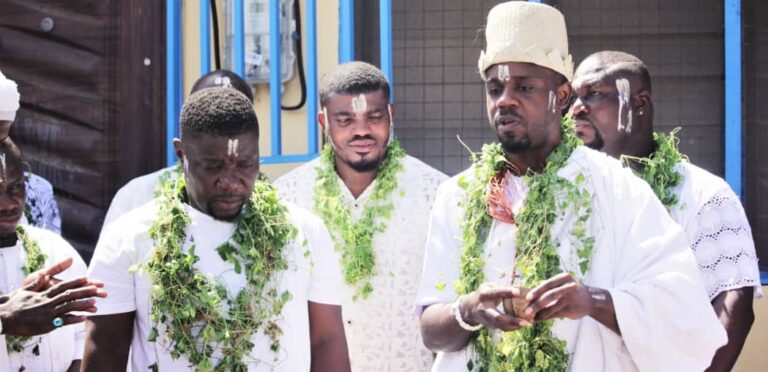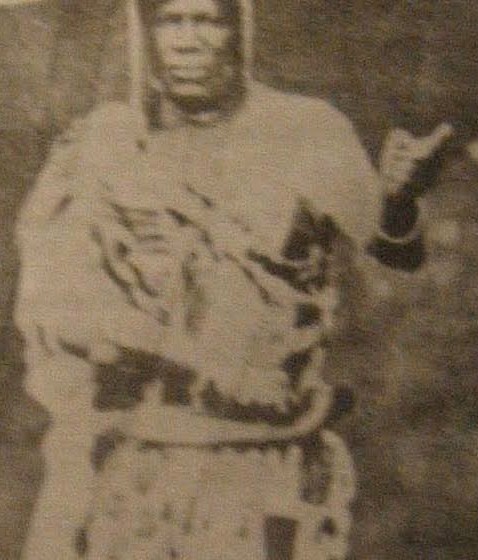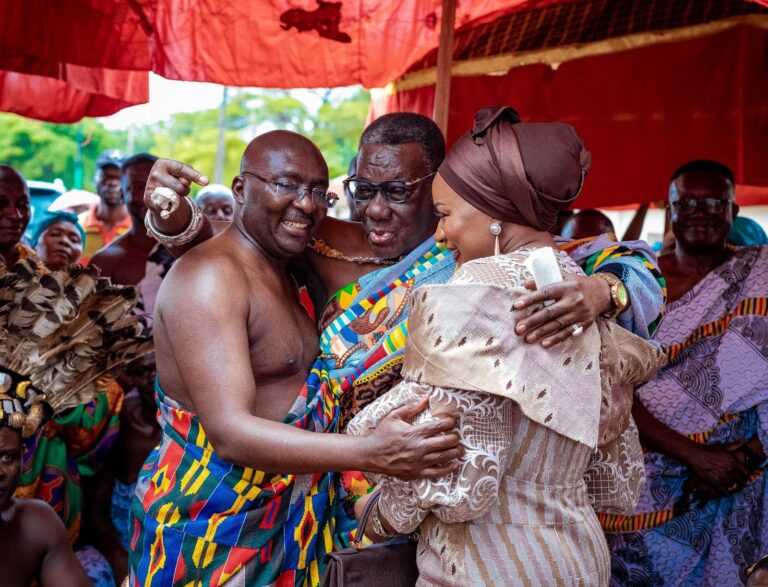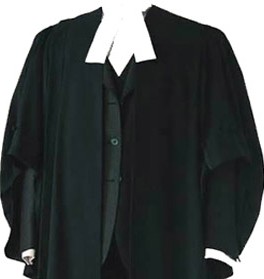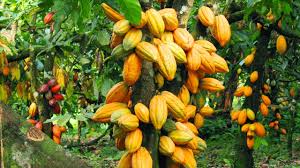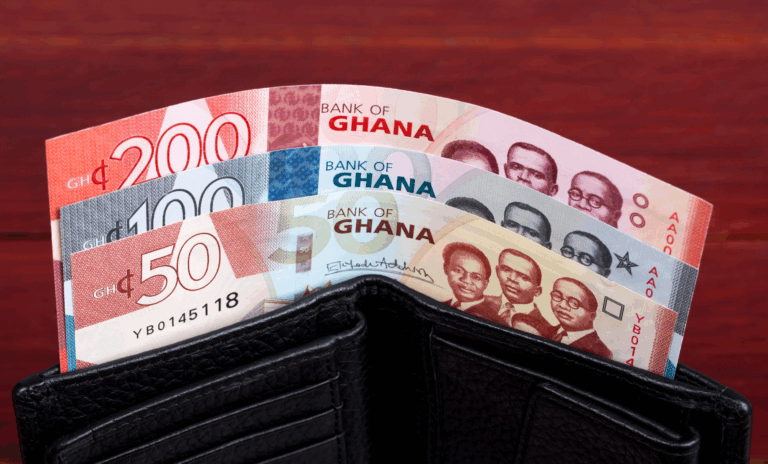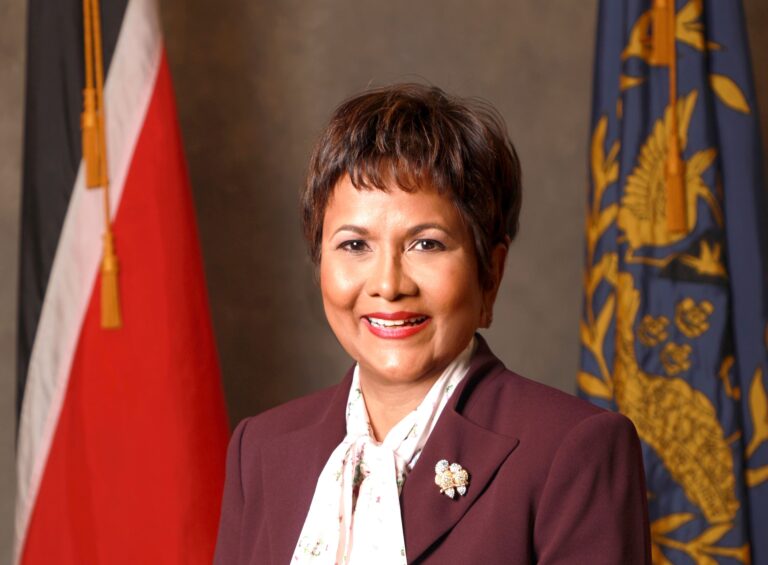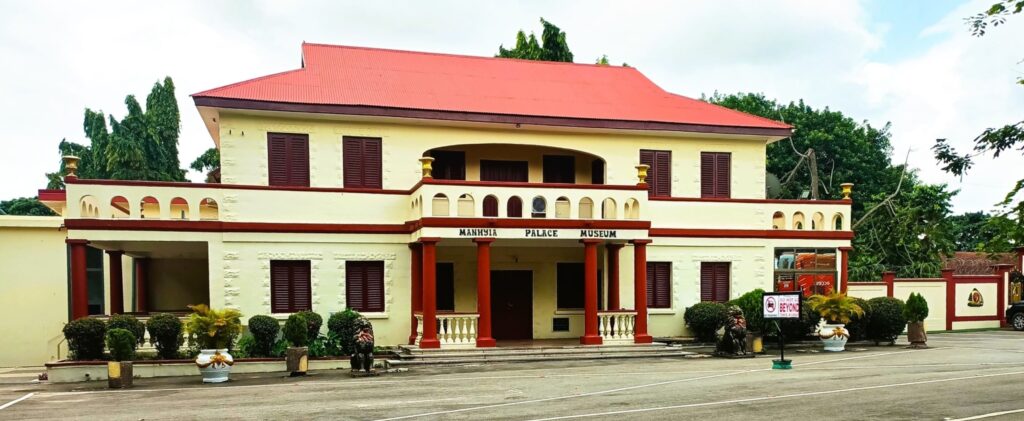
The motivation for the awards was inspired by the return of looted Ashanti artefacts to Kumasi in 2024—objects taken during the 1874 and 1897 Anglo-Ashanti wars.
The Manhyia Palace Museum, in collaboration with the UNESCO Representative in Ghana, will inaugurate the Asantehene Art Awards on May 23, 2025, in Kumasi. This event marks the launch of a ten-year initiative aimed at recognising leading figures in Ghana’s industrial and creative sectors while fostering a new generation of artists, including those engaged in digital media.
The 2025 Inaugural Artist Laureates, titled Our Old Masters, comprise ten distinguished individuals celebrated for their lifelong contributions to African art practice and history. Internationally acclaimed, the honourees include:
- Professor Ablade Glover, painter, founder of the Artists Alliance Gallery in Accra, and former Dean of the College of Art at the Kwame Nkrumah University of Science and Technology (KNUST), Kumasi.
- Professor Ato Delaquis, painter and the final Dean before the College’s rebranding as the College of Art and Built Environment.
- El Anatsui, a metallurgical artist and former Head of the Fine and Applied Arts Department at the University of Nigeria, Nsukka, also featured in Time magazine’s 2023 list of the 100 Most Influential People.
- Francis Kwatei Nee-Owoo, an innovator and sculptor associated with Touch of Bronze.
- Frances Ademola, a pioneering gallerist and founder of The Loom.
- Peggy Appiah, a folklorist, painter, art collector, and author.
- Kwame Akoto, a Kumasi-based public artist.
- Melanie Kasise, founder of the Sirigu Women Organization for Pottery and Art (SWOPA) in Ghana’s Upper East Region.
- Nana Amponsah Dwumfuor of Nsoase, royal artist of the Manhyia Palace.
- The Ghanatta College of Art and Design, an influential institution in the education of Ghanaian artists.
The awards ceremony is expected to draw high-profile attendees, including policymakers and art patrons from the Republic of Benin, Nigeria, and an official delegation from the Republic of Seychelles. Distinguished speakers will include His Majesty Otumfuo Osei Tutu II, representatives from UNESCO, and H.E. Irchad Razaaly, the European Union Ambassador to Ghana. Participation from at least ten embassies has been confirmed.
Dr. Ivor Agyeman-Duah, Director of the Manhyia Palace Museum, emphasised the significance of this initiative. Notably, the Museum has made substantial investments in acquiring artworks by the awardees. These works will feature prominently in the institution’s new Contemporary Art Gallery, alongside a broader collection that includes recently acquired gold regalia and ornaments from AngloGold Ashanti in South Africa and Ashanti gold weights—both geometric and figurative—from the estate of Peggy Appiah. Portions of this estate are also being allocated to major international institutions such as Harvard University Museum and the Metropolitan Museum of Art in New York.
He further explained that the motivation for the awards was inspired by the return of looted Ashanti artefacts to Kumasi in 2024—objects taken during the 1874 and 1897 Anglo-Ashanti wars. While such restitution addresses historical injustices, he noted that the fate of contemporary Ghanaian art remains uncertain, often subject to international art markets. In light of this, the initiative seeks to encourage non-governmental institutions to play a greater role in the preservation of local cultural heritage.
In his remarks, Mr. Edmond Moukala, UNESCO’s Representative in Ghana and a featured speaker at the event, revealed plans to establish an endowment fund, mobilizing support both locally and internationally. A consultant has already been appointed to ensure the long-term sustainability of the Asantehene Art Awards, with the aim of benefitting not only Ghanaian artists but also their peers across the African continent.
Story: Kwabena Kyekyeku

